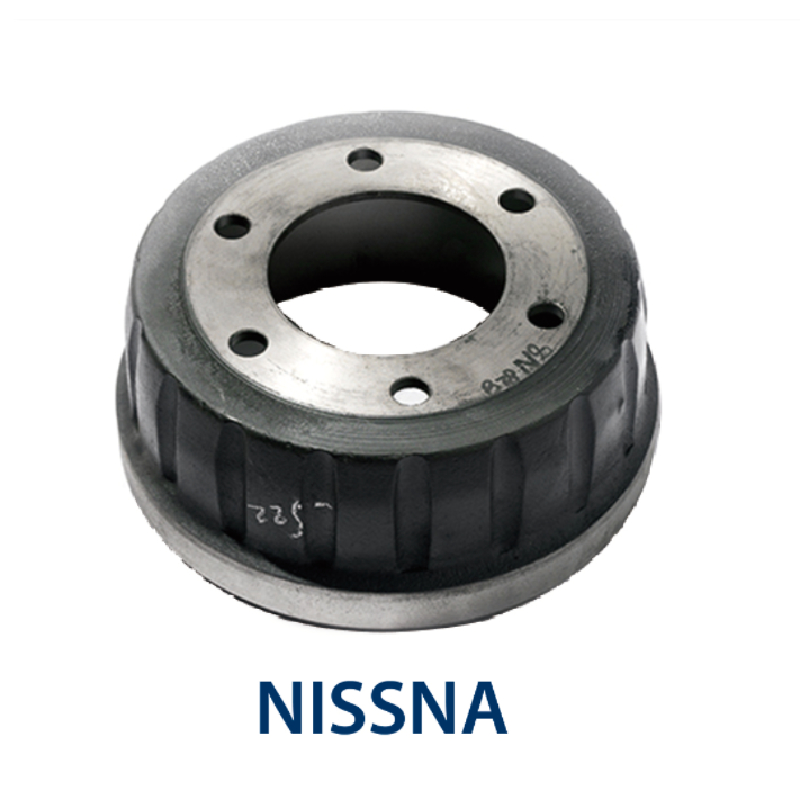Nov . 04, 2024 11:51 Back to list
Adjusting Brake Drum Tips for Optimal Performance and Safety Maintenance
Understanding Brake Drum Adjusters The Heart of Drum Brake Systems
Brake systems are crucial to vehicle safety, and one of the essential components in these systems is the brake drum adjuster. These small yet significant devices play a fundamental role in maintaining the efficiency and effectiveness of drum brakes, which are commonly found in many vehicles.
The Function of Brake Drum Adjusters
A brake drum adjuster is designed to maintain the proper clearance between the brake shoes and the brake drum. As brake shoes wear down due to friction caused during braking, the distance between them and the drum increases. If this gap becomes too large, it can lead to reduced braking efficiency. The adjuster compensates for this wear by automatically or manually positioning the shoes closer to the drum. This is crucial because inadequate contact can result in longer stopping distances, increased brake pedal travel, and, in severe cases, brake failure.
Types of Brake Drum Adjusters
Brake drum adjusters can be broadly categorized into two types automatic adjusters and manual adjusters.
1. Automatic Adjusters These are most commonly found in modern vehicles. They are typically designed to adjust themselves during the brake operation. When the brakes are applied, the adjuster engages, taking up any extra slack caused by wear. This self-adjusting feature is particularly beneficial as it minimizes the need for regular manual adjustments by the vehicle owner or a repair technician.
brake drum adjuster

2. Manual Adjusters These require periodic adjustment by a mechanic or the vehicle owner. They often come with a thread or a lever that allows the user to set the position of the brake shoes relative to the drum. Although manual adjusters can be effective, they demand more attention and timely intervention to ensure optimal brake performance.
Why Regular Maintenance is Important
Regardless of the type of brake drum adjuster, regular maintenance is essential for the longevity and reliability of the braking system. Over time, dirt, grime, and moisture can corrode the adjuster mechanisms, making them less effective. Vehicles equipped with automatic adjusters may still require occasional checks to ensure function. Additionally, if a brake drum adjuster fails, it can lead to uneven wear of the brake shoes and ultimately compromise the entire braking system.
Furthermore, it's essential to recognize the symptoms of a failing adjuster. Common indicators include a soft or spongy brake pedal, a clicking or grinding noise when braking, or a vehicle pulling to one side while braking. If any of these issues arise, it is wise to have the braking system inspected promptly.
Conclusion
In conclusion, brake drum adjusters are crucial components that help ensure safe and effective braking in vehicles equipped with drum brakes. Understanding their function, types, and importance in regular maintenance can significantly enhance a driver’s ability to maintain their vehicle. As with all automotive components, proactive attention can prevent more severe issues down the road, ensuring that safety remains the top priority on any journey. Whether it's an automatic or manual system, taking the time to understand and care for the brake drum adjusters can result in a smoother, safer driving experience. Always consult with a qualified technician for the best practices regarding maintenance and adjustments to keep your braking system performing at its best.
-
Durable Brake Drum MAZ for Heavy Duty Trucks | High Performance
NewsAug.26,2025
-
FUWA: Premium Quality, Reliable Performance & Innovative Solutions
NewsAug.25,2025
-
Liza Brake Drum: Superior Quality & Performance for Safe Driving
NewsAug.24,2025
-
Iveco Brake Drum | Premium OE Quality for Daily & Eurocargo
NewsAug.22,2025
-
Your Brake Drum Man: Quality & Performance Parts
NewsAug.21,2025
-
Explore Japan: Ultimate Travel Guide & Authentic Experiences
NewsAug.19,2025
